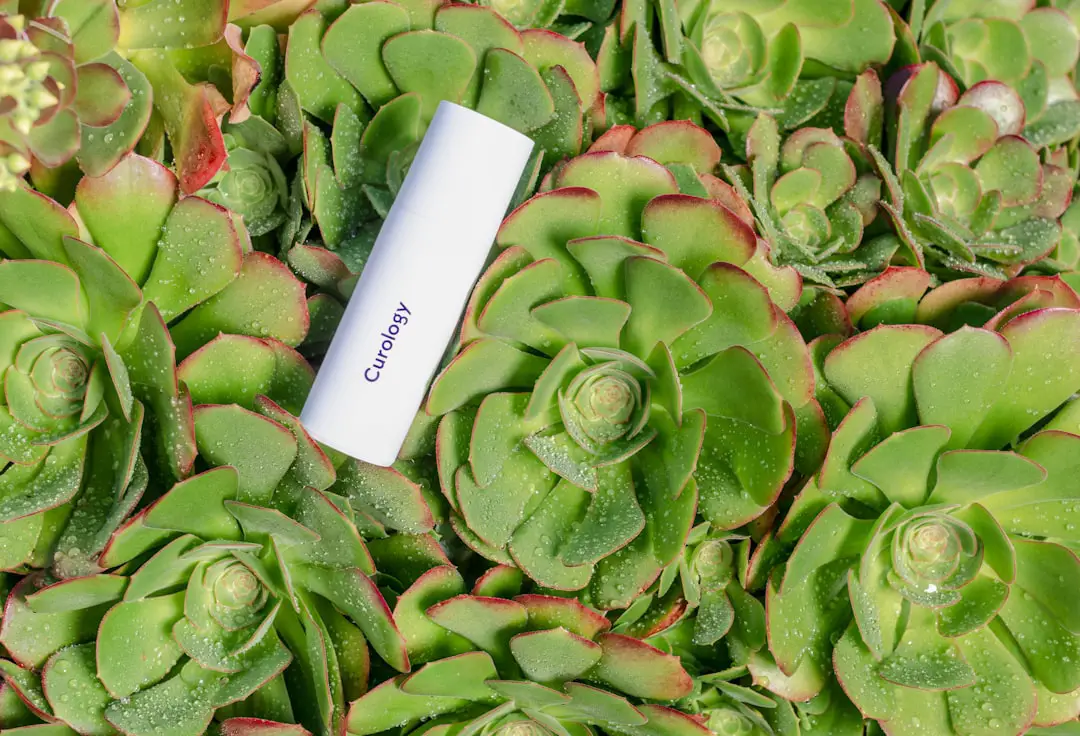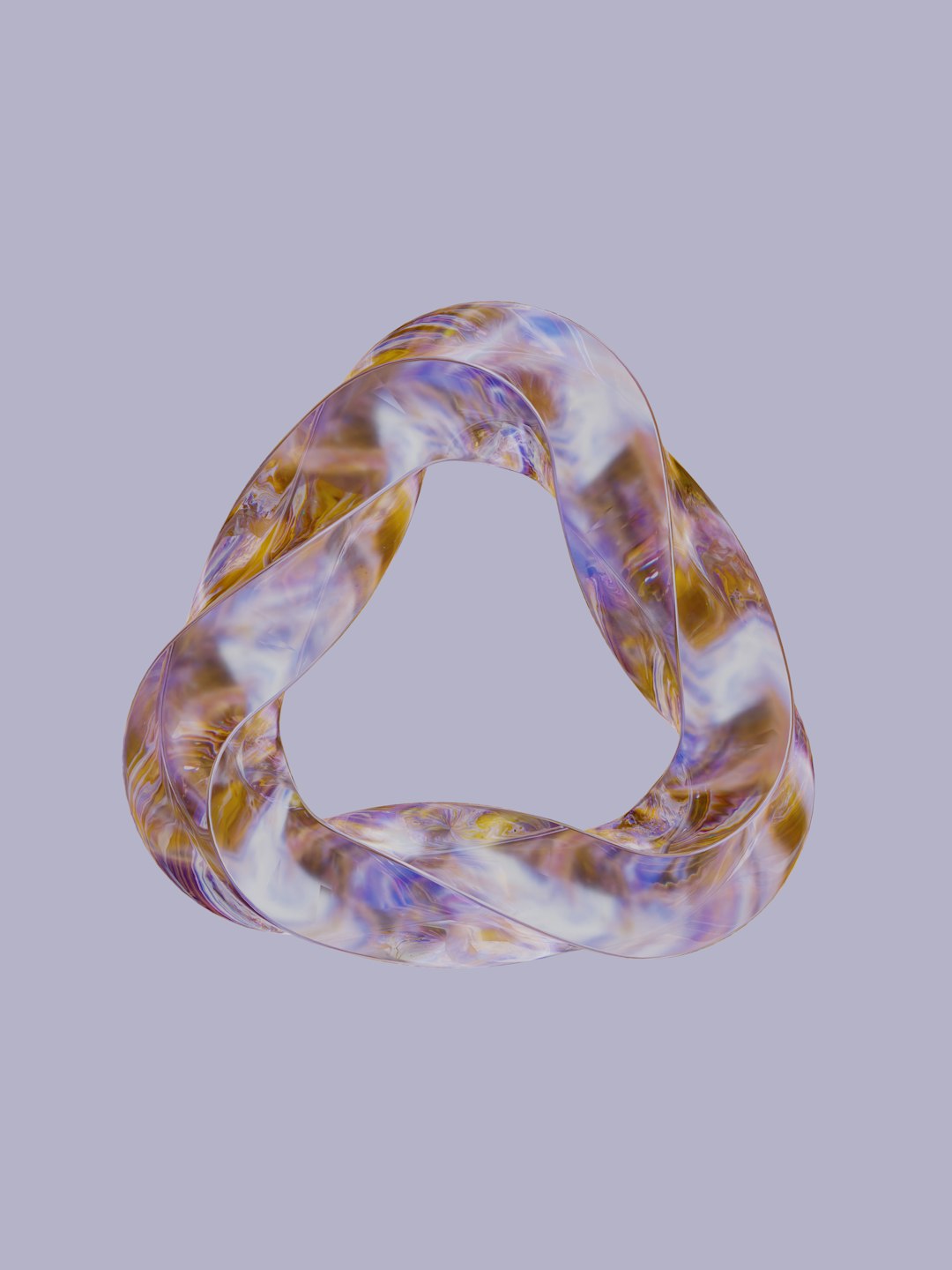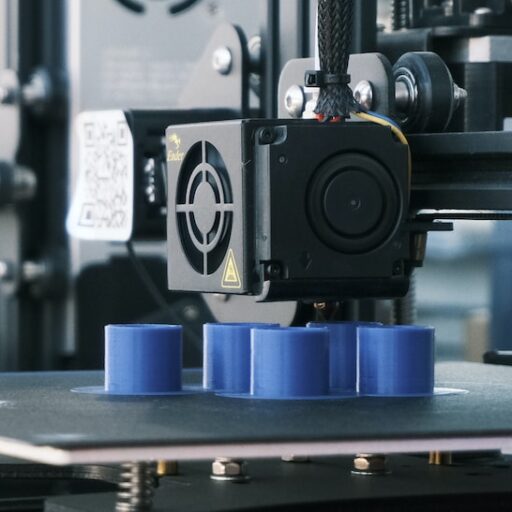Support our educational content for free when you purchase through links on our site. Learn more
What Does It Cost to Start 3D Printing? 7 Essential Insights! 🖨️ [2025]
Are you ready to dive into the fascinating world of 3D printing but unsure about the costs involved? You’re not alone! Many aspiring makers wonder, “What does it really cost to start 3D printing?” With prices ranging from budget-friendly options to high-end machines, the landscape can be overwhelming. Did you know that the average cost of a quality 3D printer has dropped significantly over the last decade? In this article, we’ll break down the essential costs associated with starting your 3D printing journey, including equipment, materials, and hidden expenses you might not have considered. By the end, you’ll have a clear understanding of what to expect and how to budget effectively for your new hobby or business venture.
Key Takeaways
- Initial Investment: Expect to spend anywhere from $200 to $10,000 on a 3D printer, depending on the technology you choose.
- Material Costs: Filaments and resins can range from $20 to $250 per kg, impacting your overall budget.
- Ongoing Expenses: Don’t forget about maintenance, software, and post-processing tools that can add to your costs.
- In-House vs. Outsourcing: Weigh the pros and cons of printing in-house versus using a service for your projects.
- Cost-Per-Part Calculations: Learn how to calculate your cost per part to ensure your projects are financially viable.
- Future Trends: Stay informed about decreasing material costs and emerging technologies that could affect your budget.
Ready to explore the world of 3D printing? 👉 Shop 3D Printers: Amazon | Official Sites | Prusa
Table of Contents
- Quick Tips and Facts
- The Evolution of 3D Printing: A Cost Perspective
- Breaking Down the Costs: What You Need to Start 3D Printing
- D Printer Price Comparison by Technology: Which One Fits Your Budget?
- Understanding Cost Per Part: How to Calculate Your 3D Printing Expenses
- In-House vs. Outsourced 3D Printing: Where Should Your Money Go?
- Hidden Costs of 3D Printing: What You Might Not Expect
- The 3D Printing Cost Calculator: Your Budgeting Ally
- Tips for Reducing Your 3D Printing Costs
- Future Trends in 3D Printing Costs: What to Expect
- Conclusion
- Recommended Links
- FAQ
- Reference Links
Quick Tips and Facts
- 3D Printer Prices: Ranges from $200 for entry-level models to over $100,000 for industrial machines.
- Material Costs: Expect to spend $20-$250 per kg for filaments and resins, depending on the type.
- Maintenance: Regular upkeep is essential; consider additional costs for post-processing equipment.
- In-House vs. Outsourcing: In-house printing can save time and costs for frequent projects, while outsourcing is better for large or complex jobs.
- ROI: Use tools like Formlabs’ ROI calculator to assess potential savings.
The Evolution of 3D Printing: A Cost Perspective
3D printing has come a long way since its inception in the 1980s. Initially, it was a costly endeavor, primarily used by large corporations for prototyping. Fast forward to today, and we see a democratization of this technology, making it accessible to hobbyists, educators, and small businesses alike.
Key Milestones in 3D Printing Costs
| Year | Milestone | Cost |
|---|---|---|
| 1980s | First 3D printer invented | $100,000+ |
| 2000s | Entry-level printers emerge | $20,000+ |
| 2010s | Affordable FDM printers available | $200+ |
| 2020s | Widespread adoption in homes and schools | $200 – $10,000+ |
The cost of starting 3D printing has significantly decreased, but understanding the various factors involved is crucial for budgeting effectively.
Breaking Down the Costs: What You Need to Start 3D Printing
Starting your 3D printing journey involves more than just purchasing a printer. Here’s a breakdown of the essential components:
Initial Investment Breakdown
| Item | Estimated Cost |
|---|---|
| 3D Printer | $200 – $10,000+ |
| Filament/Resin | $20 – $250/kg |
| Software | Free to $1,500 |
| Post-Processing Tools | $100 – $1,000+ |
| Maintenance | $50 – $500/year |
Essential Components
- 3D Printer: Choose between FDM, SLA, or SLS based on your needs.
- Materials: Filaments for FDM or resins for SLA. Consider the type of projects you’ll be working on.
- Software: Free options like Ultimaker Cura or paid software for advanced features.
- Post-Processing Tools: Items like cleaning stations for SLA or support removal tools for FDM.
D Printer Price Comparison by Technology: Which One Fits Your Budget?
When it comes to choosing a 3D printer, the technology plays a significant role in the cost. Here’s a quick comparison of popular 3D printing technologies:
| Technology | Price Range | Material Cost | Pros | Cons |
|---|---|---|---|---|
| FDM | $200 – $15,000+ | $20 – $150/kg | Affordable, easy to use | Lower resolution |
| SLA | $200 – $25,000+ | $50 – $400/L | High resolution, smooth finish | Requires post-processing |
| SLS | $30,000+ | $100 – $200/kg | Complex geometries, no support needed | High initial investment |
FDM printers are great for beginners, while SLA printers offer superior detail for intricate designs. SLS is best for industrial applications but comes with a hefty price tag.
Understanding Cost Per Part: How to Calculate Your 3D Printing Expenses
Calculating the cost per part is essential for budgeting and understanding the financial viability of your projects. Here’s how to break it down:
Steps to Calculate Cost Per Part
-
Equipment Ownership Cost:
- Total cost of the printer divided by the number of parts produced over its lifespan.
- Consider installation and maintenance costs.
-
Material Cost:
- Calculate the material required per part and multiply by the cost of the material.
- Don’t forget to factor in waste!
-
Labor Cost:
- Include time spent on setup, printing, and post-processing.
- Automate where possible to save time.
Example Calculation
- Printer Cost: $2,000
- Parts Produced: 500
- Material Cost per Part: $5
- Labor Cost per Part: $2
Total Cost per Part = (Printer Cost / Parts Produced) + Material Cost + Labor Cost
Total Cost per Part = ($2,000 / 500) + $5 + $2 = $10
In-House vs. Outsourced 3D Printing: Where Should Your Money Go?
Deciding between in-house printing and outsourcing can significantly impact your budget. Here’s a breakdown of both options:
In-House Printing
-
Pros:
- Quick turnaround for projects.
- Greater control over quality and design iterations.
- Can break even within months.
-
Cons:
- Initial investment can be high.
- Ongoing maintenance and material costs.
Outsourcing Printing
-
Pros:
- No upfront costs for equipment.
- Access to advanced technologies without investment.
- Ideal for large or complex parts.
-
Cons:
- Longer lead times.
- Higher costs for frequent printing.
Recommendation: If you plan to print frequently, in-house may be the way to go. For occasional needs, outsourcing can save you money.
Hidden Costs of 3D Printing: What You Might Not Expect
While the initial costs might seem manageable, there are hidden expenses to consider:
- Post-Processing: Tools and materials needed for cleaning and finishing parts.
- Software Licenses: Some advanced software can be costly.
- Energy Consumption: Regular use can add up; expect around $50 per year for energy costs.
- Training: If you’re new to 3D printing, consider the time and resources needed to get up to speed.
The 3D Printing Cost Calculator: Your Budgeting Ally
To make your budgeting easier, consider using tools like the Formlabs Cost Calculator. This interactive tool helps you estimate costs based on your specific needs and can provide insights into potential savings compared to traditional manufacturing methods.
Tips for Reducing Your 3D Printing Costs
Here are some practical tips to help you save money while 3D printing:
- Optimize Designs: Reduce material usage by designing parts that require less support.
- Bulk Purchase Materials: Buying in bulk can lower material costs.
- Use Open-Source Software: Free software options can save you money on licenses.
- Regular Maintenance: Keeping your printer in good condition can prevent costly repairs.
Future Trends in 3D Printing Costs: What to Expect
As technology evolves, so do the costs associated with 3D printing. Here are some trends to watch:
- Decreasing Material Costs: As more manufacturers enter the market, expect prices for filaments and resins to drop.
- Improved Efficiency: New technologies will reduce printing times and costs.
- Increased Accessibility: More affordable printers will continue to emerge, making 3D printing accessible to a wider audience.
Conclusion

Starting your journey in 3D printing can be an exciting venture! By understanding the costs involved—from initial investments to ongoing expenses—you can make informed decisions that fit your budget and needs. Whether you choose to print in-house or outsource, the key is to stay informed and adaptable.
Recommended Links
FAQ

Q: What is the cheapest way to start 3D printing?
A: Look for entry-level FDM printers and use free software to minimize costs.
Q: How much do materials cost for 3D printing?
A: Material costs can range from $20 to $250 per kg, depending on the type.
Q: Is it cheaper to outsource 3D printing?
A: It can be, especially for occasional projects, but frequent printing may be more cost-effective in-house.
Reference Links
Conclusion

In summary, diving into the world of 3D printing can be a thrilling and rewarding experience! With a wide range of options available, from affordable FDM printers to high-end SLA machines, there’s something for everyone.
Key Takeaways:
-
Positives:
- Cost-Effective: Entry-level printers make it accessible for hobbyists and educators.
- Versatile Applications: From prototyping to end-use parts, the possibilities are endless.
- Rapid Prototyping: In-house printing can significantly reduce time to market.
-
Negatives:
- Initial Investment: While costs have decreased, quality printers still require a decent upfront investment.
- Ongoing Maintenance: Regular upkeep and material costs can add up over time.
- Learning Curve: New users may face challenges in mastering the technology.
Overall, we confidently recommend starting with a reliable FDM printer like the Creality Ender 3 or the Prusa i3 MK3S+ for beginners, as they offer great performance at a reasonable price. For those needing higher precision, consider the Anycubic Photon Mono for SLA printing.
By understanding the costs and considerations outlined in this guide, you can embark on your 3D printing journey with confidence. Remember, the key is to start small, learn as you go, and gradually expand your capabilities!
Recommended Links
-
👉 Shop 3D Printers:
- Creality Ender 3: Amazon | Official Site
- Prusa i3 MK3S+: Amazon | Official Site
- Anycubic Photon Mono: Amazon | Official Site
-
Books on 3D Printing:
FAQ

What is the cheapest way to get started with 3D printing?
Starting with Budget-Friendly Options
The cheapest way to get started is to invest in an entry-level FDM printer like the Creality Ender 3 or Monoprice Select Mini. These printers are often available for under $300 and come with a community of users for support. Additionally, using free slicing software like Ultimaker Cura can save you money on software costs.
Read more about “Is Having a 3D Printer Expensive? 7 Key Costs to Consider! 🤔 …”
What are the ongoing costs of 3D printing?
Understanding Continuous Expenses
Ongoing costs include:
- Materials: Filaments typically range from $20 to $250 per kg, depending on the type.
- Maintenance: Regular maintenance can cost around $50 to $500 per year, depending on usage.
- Electricity: Expect to pay about $50 annually for energy consumption.
- Post-Processing Supplies: Tools for cleaning and finishing prints can add additional costs.
Read more about “How Much Does a 3D Printed Home Cost? 7 Key Insights for 2025 🏡”
What additional equipment and software do I need for 3D printing, and how much do they cost?
Essential Tools and Software
- Post-Processing Tools: Depending on your printer, you may need tools for support removal or cleaning. Costs can range from $100 to $1,000.
- Software: While many slicing software options are free (like Ultimaker Cura), advanced software can cost up to $1,500.
- Upgrades: Consider upgrades like a better cooling system or a larger build plate, which can add to your initial investment.
Is it cheaper to buy a 3D printer or use a 3D printing service?
Weighing the Options
If you plan to print frequently, buying a 3D printer is usually more cost-effective in the long run. In-house printing allows for quick iterations and control over quality. However, for occasional projects or large parts, using a 3D printing service can save you the upfront costs of equipment.
Read more about “How Much Does It Cost Per 3D Print? Uncover the Hidden Expenses in 2025! 💰”
How can I reduce the cost of 3D printing projects?
Practical Cost-Saving Tips
- Optimize Designs: Reduce material usage by designing parts that require less support.
- Bulk Purchase Materials: Buying filaments in bulk can lower costs significantly.
- Utilize Free Software: Leverage free slicing software and design tools to minimize expenses.
- Regular Maintenance: Keeping your printer well-maintained can prevent costly repairs and downtime.
Read more about “How Much Do You Charge Per Hour for 3D Printing? 💰 7 Key Factors to Consider …”


